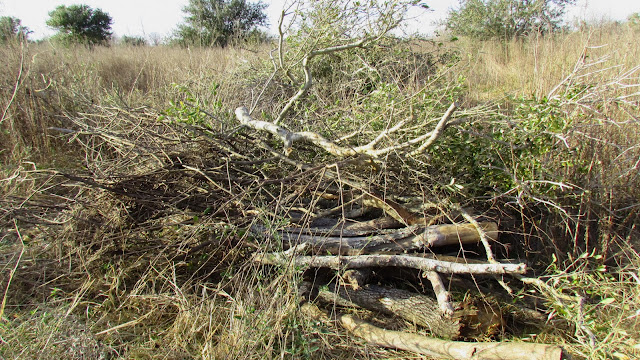I was sitting in the Visitor Information Center, (VIS) yesterday listening to the rain and waiting to go locate the places to drill holes for our new trees. We’ll be planting about 400 of them on Feb 5 and you are invited to come help and then stay for a hot lunch on us. ) With nothing better to do than some research for answering a Mr. Smarty Plants question or completing my database of information on the trees/shrubs that volunteers will be planting, I started browsing some of our new books. One book gripped me and I’ll probably finish it next time I’m managing the VIS. It is Insects and Gardens: In Pursuit of a Gardening Ecology by Erick Grissell.
 The author uses an engaging chatty approach and lots of humor to get us to appreciate the role of insects and other bug-like creatures in our gardens. He would like us to respect and appreciate insects and understand how they fit into the grand scheme of things. To do that he includes beautiful pictures, gives us lovely descriptions and includes lots of interesting factoids. He also talks about how we are developing superbugs by our use of chemical pesticides.
The author uses an engaging chatty approach and lots of humor to get us to appreciate the role of insects and other bug-like creatures in our gardens. He would like us to respect and appreciate insects and understand how they fit into the grand scheme of things. To do that he includes beautiful pictures, gives us lovely descriptions and includes lots of interesting factoids. He also talks about how we are developing superbugs by our use of chemical pesticides.
 The author uses an engaging chatty approach and lots of humor to get us to appreciate the role of insects and other bug-like creatures in our gardens. He would like us to respect and appreciate insects and understand how they fit into the grand scheme of things. To do that he includes beautiful pictures, gives us lovely descriptions and includes lots of interesting factoids. He also talks about how we are developing superbugs by our use of chemical pesticides.
The author uses an engaging chatty approach and lots of humor to get us to appreciate the role of insects and other bug-like creatures in our gardens. He would like us to respect and appreciate insects and understand how they fit into the grand scheme of things. To do that he includes beautiful pictures, gives us lovely descriptions and includes lots of interesting factoids. He also talks about how we are developing superbugs by our use of chemical pesticides.
One of my favorite quotes is “ We certainly might ruin the world, but we do not run it, not by a long shot”. And the author quoted Edward O. Wilson, who stated, “ Insects are the little things that run the world”.
If you want to expand your appreciation of thousands of your fellow creatures, this would be a great read. You will gain an appreciation of how all things are hooked to everything else and how together they form our world. And if you garden for birds, you probably already garden for insects which help feed your birds. And once you get interested in insects, you’ll have lots more to pique your curiosity, right in your own garden. Insects, are at least as interesting as cheetahs and elephants and you don’t have to travel far to enjoy them.

















